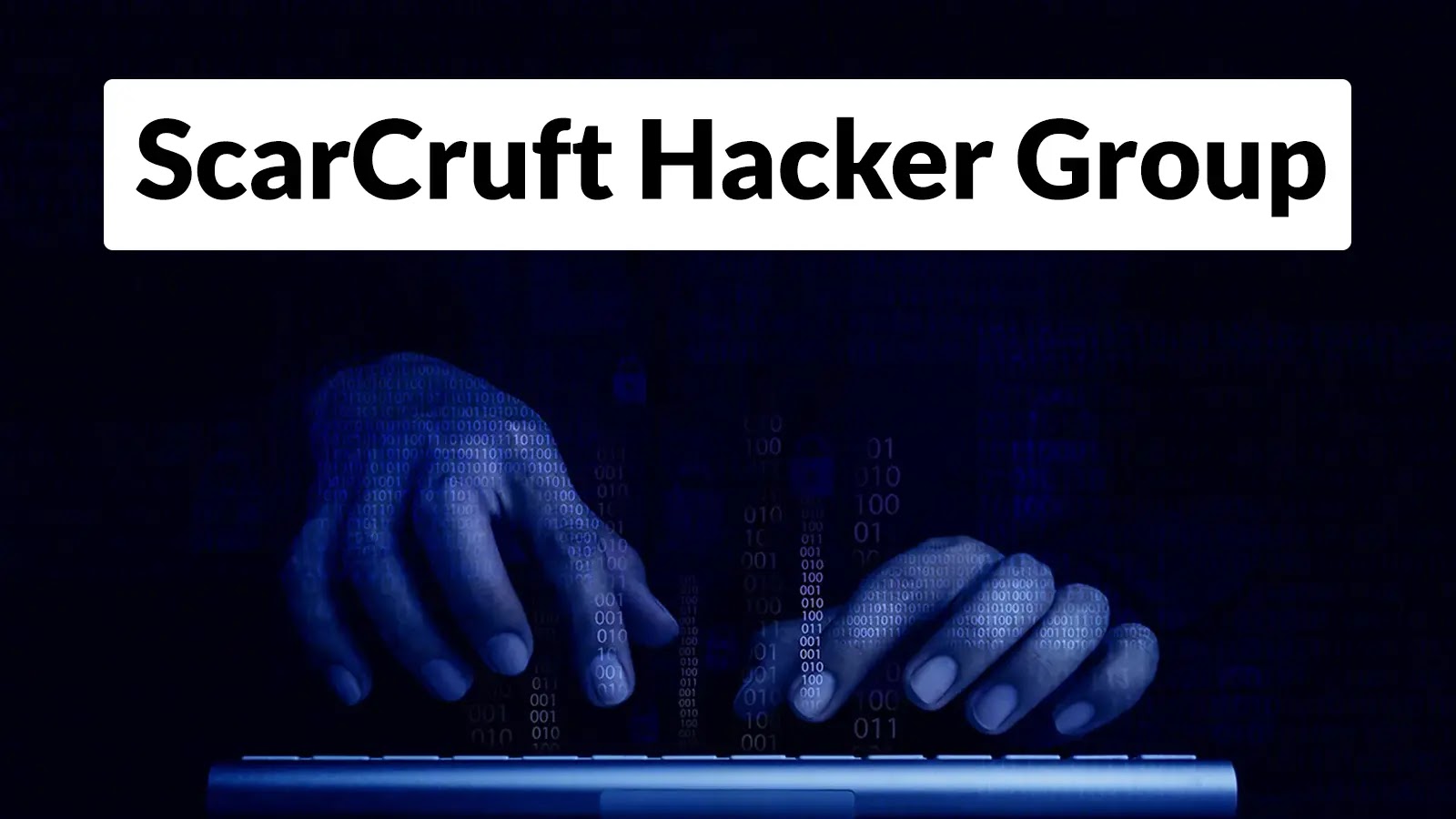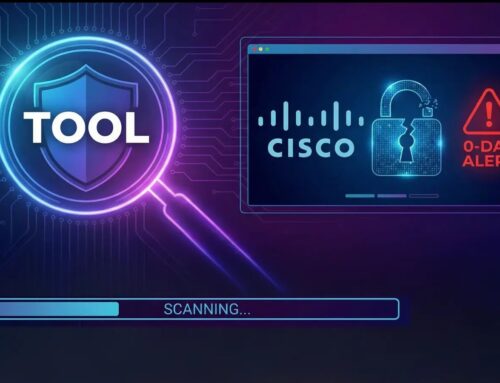
ScarCruft Hacker Group Launched a New Malware Attack Using Rust and PubNub
ScarCruft’s Evolving Threat: Rust-Based Malware and Ransomware Deployment
The cybersecurity landscape is in constant flux, with state-sponsored Advanced Persistent Threat (APT) groups continually refining their tactics, techniques, and procedures (TTPs). A recent report highlights a significant escalation in the offensive capabilities of ScarCruft, a North Korean state-sponsored APT group. This evolution includes the unprecedented deployment of ransomware alongside their traditional espionage tools, leveraging new programming languages like Rust and communication platforms such as PubNub.
This analysis delves into ScarCruft’s latest campaign, examining its methods, targets, and the implications for digital security professionals. Understanding these emergent threats is paramount for developing robust defensive strategies.
ScarCruft’s Operational Evolution: From Espionage to Ransomware
Historically, ScarCruft has operated primarily as an espionage-focused group, extracting sensitive information from its targets, often within South Korea. Their latest campaign, however, marks a critical shift. For the first time, ScarCruft has been observed deploying ransomware. This represents a significant broadening of their operational objectives, potentially indicating a move towards financially motivated attacks in addition to their traditional intelligence gathering.
This diversification of attack methodologies necessitates a re-evaluation of defense postures. Organizations must now contend not only with data exfiltration but also with the potential for direct operational disruption and financial extortion.
The Deceptive Postal-Code Update Lure
ScarCruft’s current campaign employs a highly effective social engineering tactic: a deceptive postal-code update notice. This method leverages a common and seemingly legitimate administrative necessity to trick users into executing malicious code. Such lures are particularly potent as they exploit trust in official communications and prey on users’ desire for compliance or convenience.
The success of these deceptive tactics underscores the critical importance of user education and awareness training. Even the most sophisticated security technologies can be bypassed if an end-user is successfully tricked into compromising their system.
Technical Underpinnings: Rust and PubNub Integration
A notable technical advancement in ScarCruft’s arsenal is the adoption of the Rust programming language for their malware development. Rust is renowned for its memory safety, performance, and concurrency, making it an attractive choice for attackers seeking to create more robust and harder-to-detect malware. The use of Rust can complicate reverse engineering efforts and contribute to the stealthiness of their operations.
Furthermore, the group is reportedly utilizing PubNub for command and control (C2) communications. PubNub is a real-time communication network, typically used for legitimate applications like chat, live events, and IoT. Its legitimate nature and widespread use can help attacker C2 traffic blend in with normal network activity, making detection more challenging for traditional security tools.
The combination of a modern, memory-safe language like Rust and a legitimate, high-volume communication platform like PubNub demonstrates ScarCruft’s commitment to advancing their technical capabilities and evading detection.
Targeting and Impact on South Korean Users
The primary targets of this campaign are users in South Korea. This aligns with ScarCruft’s historical targeting patterns, which typically focus on entities and individuals perceived as critical to North Korean intelligence interests. The implications for South Korean users are severe, ranging from data espionage to the disruption and financial burden caused by ransomware attacks.
Given the geopolitical context, these attacks highlight the ongoing cyber skirmishes between state actors and the civilian fallout that can result from such campaigns.
Remediation Actions and Defensive Strategies
Protecting against sophisticated threats like those posed by ScarCruft requires a multi-layered approach encompassing technical controls, human vigilance, and robust incident response planning.
- Enhanced Email and Web Security: Implement advanced email filtering solutions that can detect and block phishing attempts, even those disguised as legitimate notices. Utilize web proxy and gateway security to prevent access to known malicious sites and to inspect downloaded files for malware.
- Endpoint Detection and Response (EDR): Deploy EDR solutions that can monitor endpoint activity in real-time, detect anomalous behavior indicative of malware execution, and provide rapid response capabilities.
- Application Whitelisting: Consider implementing application whitelisting to control which executables are allowed to run on systems. This can significantly mitigate the risk of unknown malware executing.
- User Awareness Training: Conduct regular and comprehensive security awareness training programs for all employees. Emphasize the dangers of social engineering, phishing, and the importance of verifying the legitimacy of requests for personal or system information.
- Network Segmentation: Implement network segmentation to limit the lateral movement of attackers if a compromise occurs. This can contain the damage and prevent widespread infection.
- Regular Backups: Maintain comprehensive and isolated backups of critical data to ensure business continuity in the event of a ransomware attack. Test backup recovery procedures regularly.
- Threat Intelligence Integration: Subscribe to and integrate threat intelligence feeds within security operations. Staying informed about the latest TTPs of groups like ScarCruft allows for proactive defense adjustments.
- Patch Management: Maintain a rigorous patch management program to ensure all operating systems, applications, and security software are up-to-date, addressing known vulnerabilities.
Relevant Security Tools for Detection and Mitigation
| Tool Name | Purpose | Link |
|---|---|---|
| Cortex XDR (Palo Alto Networks) | Endpoint Detection and Response (EDR) with analytics for threat hunting. | https://www.paloaltonetworks.com/cortex/cortex-xdr |
| CrowdStrike Falcon Insight | Cloud-native EDR for comprehensive endpoint visibility and response. | https://www.crowdstrike.com/products/endpoint-security/falcon-insight-edr/ |
| Microsoft Defender for Endpoint | Unified endpoint security platform for prevention, detection, and response. | https://www.microsoft.com/en-us/security/business/microsoft-defender-for-endpoint |
| Proofpoint Email Protection | Advanced email security gateway for preventing phishing and malware. | https://www.proofpoint.com/us/products/email-protection |
| Cisco Umbrella | Cloud security platform for DNS-layer security and secure web gateway. | https://umbrella.cisco.com/ |
| Varonis Data Security Platform | Monitors data access and usage to detect anomalous behavior and ransomware activity. | https://www.varonis.com/products/data-security-platform |
Conclusion: Adapting to Evolving State-Sponsored Threats
ScarCruft’s latest campaign underscores a critical trend in state-sponsored cyber warfare: the continual evolution of TTPs, including the adoption of new programming languages and the expansion into financially motivated attacks like ransomware. The use of Rust for malware development and PubNub for C2 communications reflects a strategic effort to enhance stealth and evade traditional security measures.
Organizations and individuals, particularly those in high-risk regions or sectors, must proactively strengthen their defenses. This involves not only deploying advanced security technologies but also fostering a culture of cybersecurity awareness and implementing robust incident response plans. Remaining vigilant and adapting security strategies to counter these evolving threats is essential for protecting digital assets and maintaining operational resilience.





